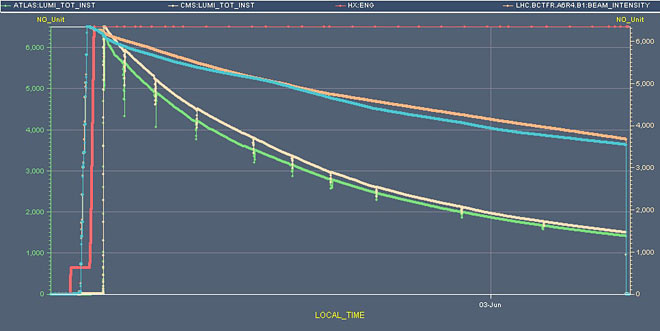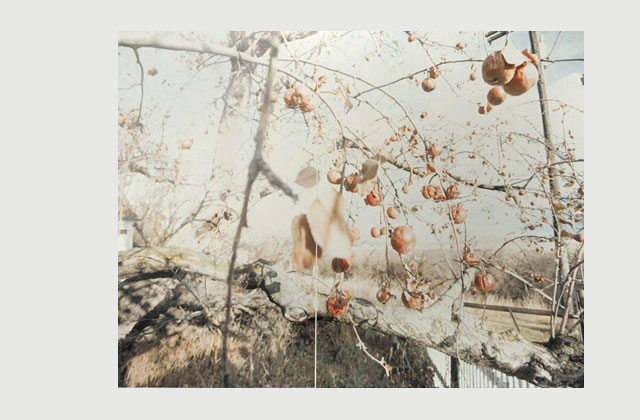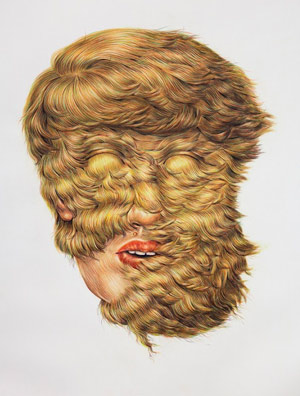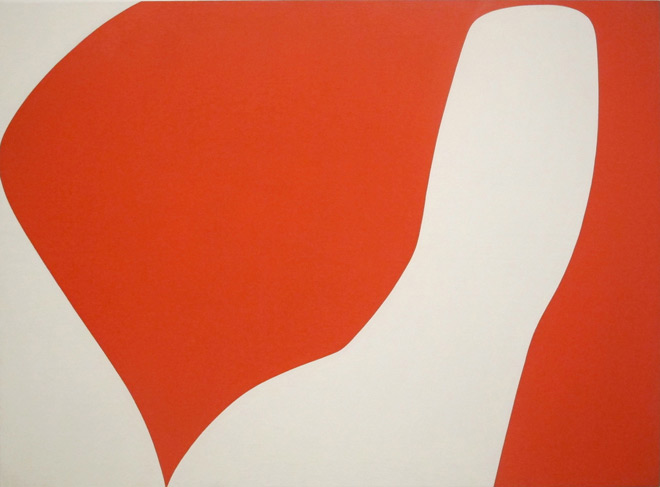SPIEGEL: Professor Kahneman, you’ve spent your entire professional life studying the snares in which human thought can become entrapped. For example, in your book, you describe how easy it is to increase a person’s willingness to contribute money to the coffee fund.
Kahneman: You just have to make sure that the right picture is hanging above the cash box. If a pair of eyes is looking back at them from the wall, people will contribute twice as much as they do when the picture shows flowers. People who feel observed behave more morally.
SPIEGEL: And this also works if we don’t even pay attention to the photo on the wall?
Kahneman: All the more if you don’t notice it. The phenomenon is called “priming”: We aren’t aware that we have perceived a certain stimulus, but it can be proved that we still respond to it.
SPIEGEL: People in advertising will like that.
Kahneman: Of course, that’s where priming is in widespread use. An attractive woman in an ad automatically directs your attention to the name of the product. When you encounter it in the shop later on, it will already seem familiar to you. […] When it looks familiar, it looks good. There is a very good evolutionary explanation for that: If I encounter something many times, and it hasn’t eaten me yet, then I’m safe. Familiarity is a safety signal. That’s why we like what we know.
[…]
Psychologists distinguish between a “System 1″ and a “System 2,” which control our actions. System 1 represents what we may call intuition. It tirelessly provides us with quick impressions, intentions and feelings. System 2, on the other hand, represents reason, self-control and intelligence.
SPIEGEL: In other words, our conscious self?
Kahneman: Yes. System 2 is the one who believes that it’s making the decisions. But in reality, most of the time, System 1 is acting on its own, without your being aware of it. It’s System 1 that decides whether you like a person, which thoughts or associations come to mind, and what you feel about something. All of this happens automatically. You can’t help it, and yet you often base your decisions on it.
SPIEGEL: And this System 1 never sleeps?
Kahneman: That’s right. System 1 can never be switched off. You can’t stop it from doing its thing. System 2, on the other hand, is lazy and only becomes active when necessary. Slow, deliberate thinking is hard work. It consumes chemical resources in the brain, and people usually don’t like that. It’s accompanied by physical arousal, increasing heart rate and blood pressure, activated sweat glands and dilated pupils …
SPIEGEL: … which you discovered as a useful tool for your research.
Kahneman: Yes. The pupil normally fluctuates in size, mostly depending on incoming light. But, when you give someone a mental task, it widens and remains surprisingly stable — a strange circumstance that proved to be very useful to us. In fact, the pupils reflect the extent of mental effort in an incredibly precise way. I have never done any work in which the measurement is so precise.
{ Der Spiegel | Continue reading }






















